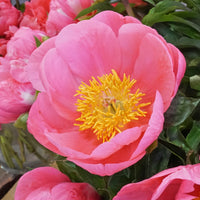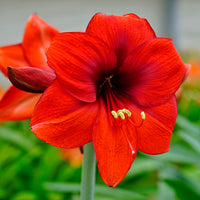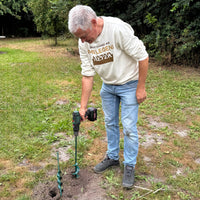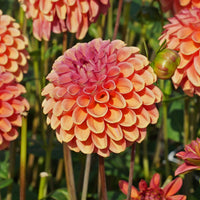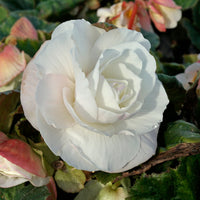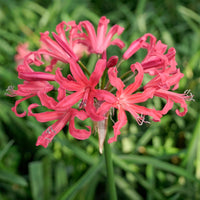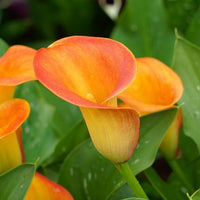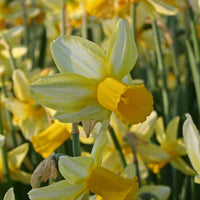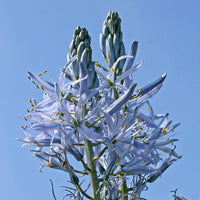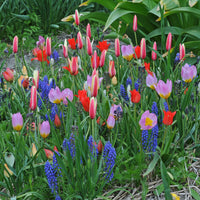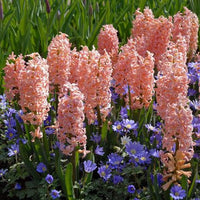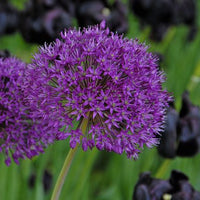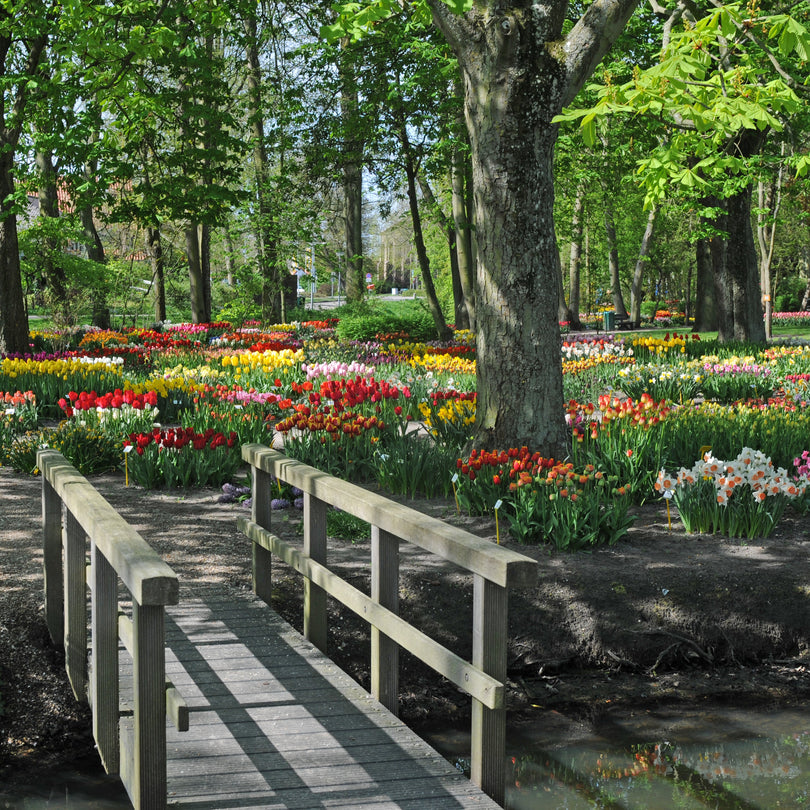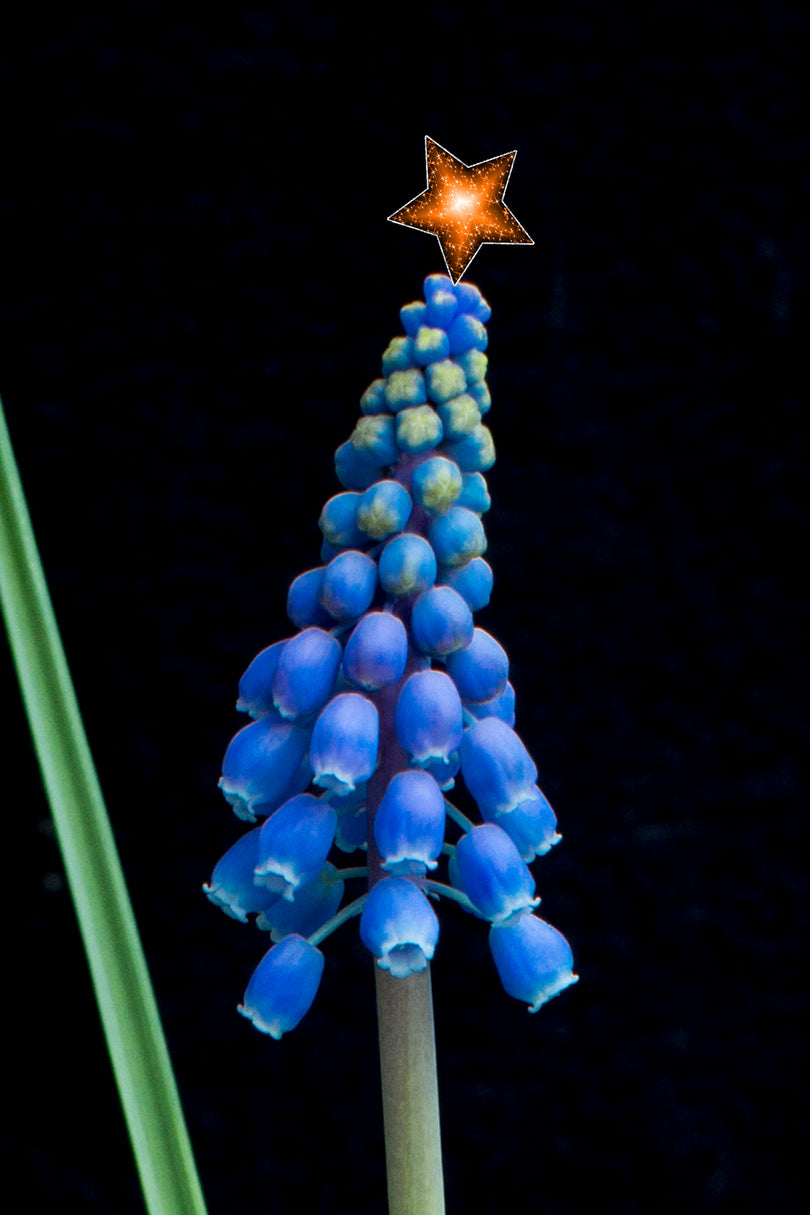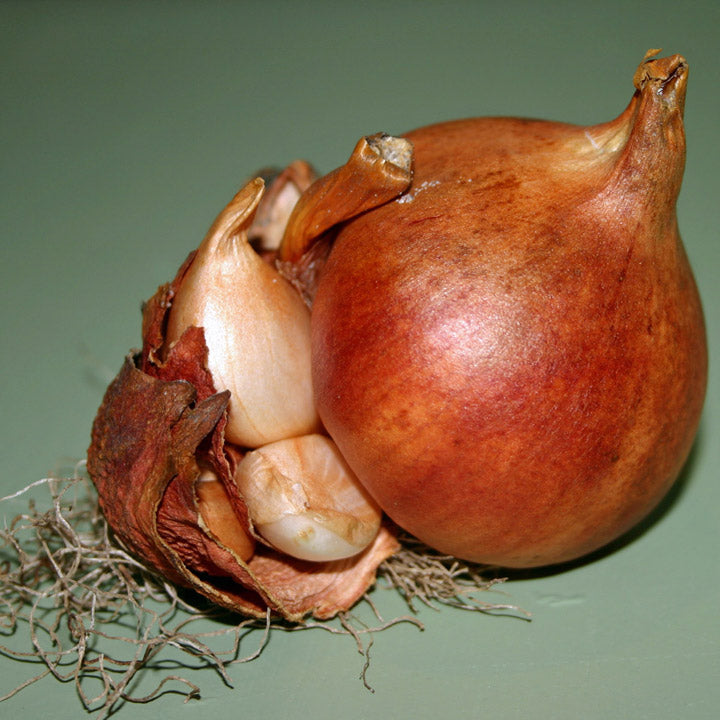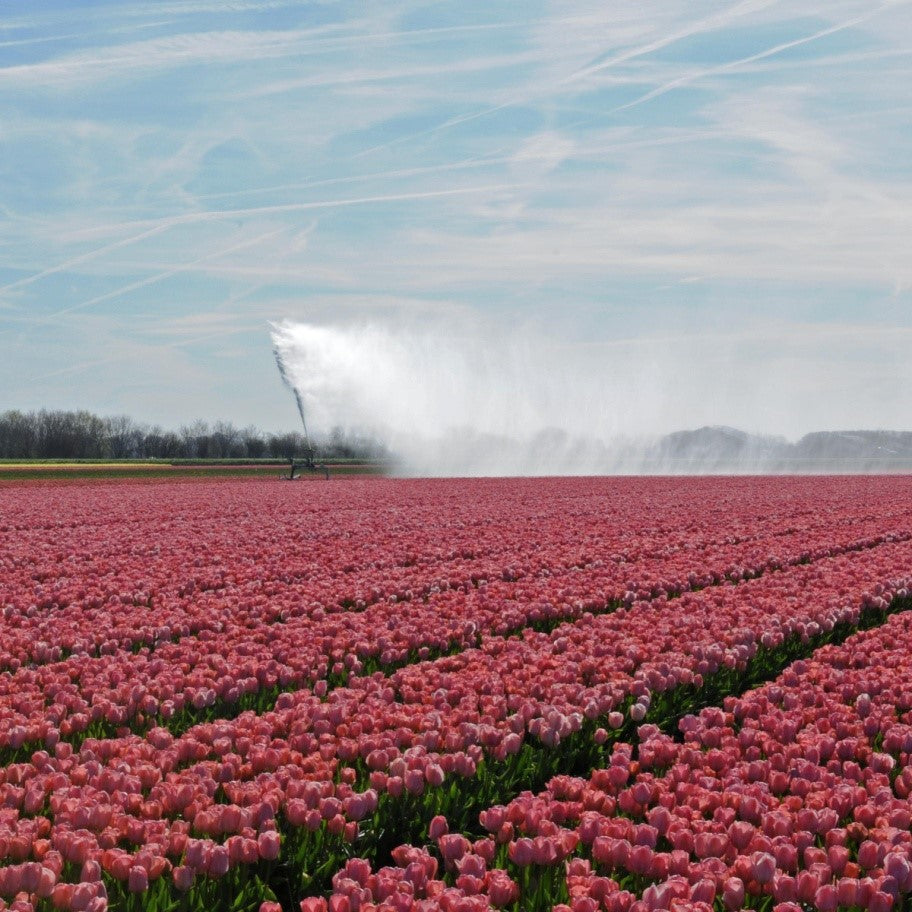Digging up tulips 2016!
Paul van Rijn is happy, and he is not the only one! Why? Because the digging of tulip bulbs has begun again! And we are all excited for that.


The tractors can go out on the land, the flowerbulbs can return to their warehouses and the students and Polish workers can come back for summer work to clean, peel, count and package the bulbs. All in all, for most farmers, the nicest, busiest and above all the most fun time of the year is here again. Everybody is going to work as hard as they can to get the flowerbulbs out of the ground as quickly as possible, because with the enourmous rainfall of last monday the 20th of june, there has been a lot of dirt and mud on the lands. Fortunatley, the farmers of the Dutch Noordkop have never been afraid of a challenge, and we will all be doing our very best these next few weeks!

At the moment, flowerbulbs are being dug up. How does that work?
After deadheading the tulips, only the peduncle and the leaves are left. That may look a little sad to you, so you may be wondering why we don’t remove those right away, but we leave them there for a reason: In these parts of the flower, the food for the flower is made via fotosynthesis and assimilation, so the plant can grow. Without the beautiful flower, which actually steals the show from the flowerbulb, all the food is used for the bulb, so she can grow. When the bulb has had enough food, the plant remains die off and the bulb changes colour. When the bulb has a smooth, brownish skin tone and the remains are coloured yellow, the bulb is ready to be dug up. Around the end of june the digging begins, lasting for a few weeks.
Digging up flower bulbs works like this: at first, the upper layer of sand and plant remains are swept off of the bulbs. When these are properly removed, the bulbs are taken out of the ground with a machine that pushes underneath the roots of the bulbs and transports them upwards. On the way up, as much sand and dirt as possible is removed, without harming the flower bulb. It is best to remove all this dirt and sand as much as possible, otherwise the grower’s warehouses will be full of sand and dust. After this, they end up in a trailer. When the trailer is full, the bulbs are taken away.
After the bulbs have been dug up, they are stored in warehouses, where they can be peeled, cleaned and packaged, so they are ready to be sent to your home!




